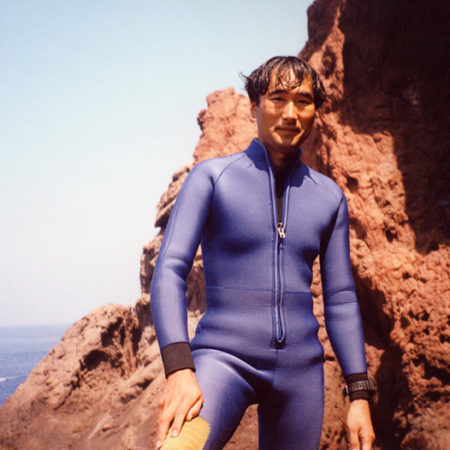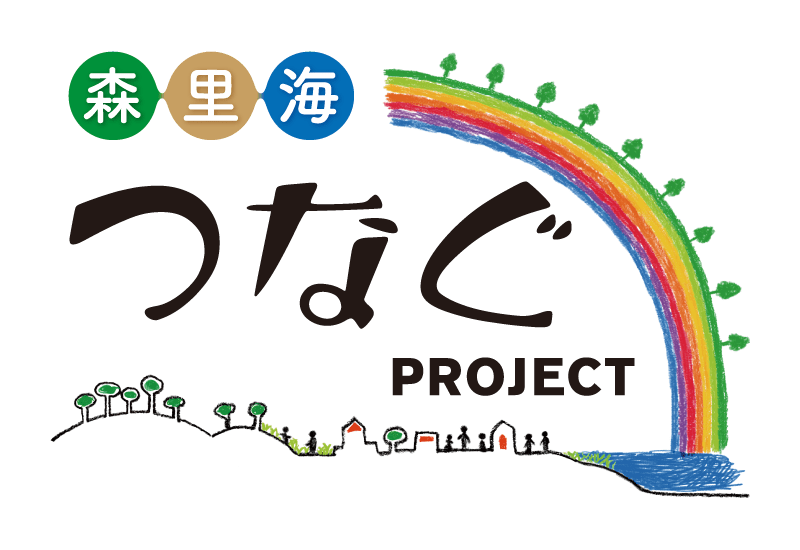
Teruhisa Komatsu
Biography:
Graduated from Faculty of Agriculture, Kyoto University, Assistant Professor, Kyoto University, Associate Professor, University of Tokyo,
After working as a professor at Yokohama College of Commerce, he is in his current position.
Incumbent:
Japan Fisheries Resources Conservation Association Technical Advisor
Senior Researcher, International Emex Center
Committee member:
Chairman of the Oceanographic Society of Japan, Member of the Science Council of Japan
Intergovernmental Oceanography Commission Western Pacific Subcommittee Ocean Remote Sensing
Project leader
I have been studying seaweed beds since I was a graduate student.The deeper my research, the more I realize that seagrass beds are closely related to our lives.For example, global warming is related to the increase in carbon dioxide in the atmosphere, and seagrass beds perform the same function as terrestrial forests that absorb carbon dioxide by photosynthesis.Therefore, increasing seagrass beds will help stop global warming.
Seagrass beds are also related to seafood, which is the protein we need to live.This is because it is used as a place for abalone, turban shells, cuttlefish, and flying fish to spawn and live.Yellowtail children attach to the drifting algae produced by the sargassum that flowed out of the seagrass beds and come from the East China Sea to the coast of Japan, and saury lay eggs on these drifting algae.There are many types of sea creatures that cannot live without seagrass beds.
Unfortunately, seaweed beds have recently decreased due to the increase in sea urchins that eat seaweed on many rocky shores along the coast of Japan.If the rocky shore continues, the fishing industry on the rocky shore will be directly affected, and you will not be able to eat locally produced abalone and turban shells.In addition, saury and yellowtail may not be on the table.
In the United States, sea otters flourish in the reef areas where sea otters are located.This is because sea otters eat sea urchins and adjust them so that they do not grow too much.This seaweed bed is distributed in the shallow sea where the sunlight that diving enthusiasts dive reaches.Even if we are aware of the existence of environmental problems, it is not easy for the general public to take action to solve them, but in California, which has the same shore-burning problem, volunteer divers are conducting sea urchin extermination activities.
We started this meeting with the idea that volunteer divers could use California as a model to protect the seagrass beds that are indispensable for the realization of a healthy global environment and a sustainable human society.Sea lovers.Why don't you dive and regenerate the seaweed bed together while studying about the sea?
Isoyake is spreading in the seas around the world.In Japan, on many rocky shores, too many sea urchins eat seaweed and seaweed beds are declining..
In the sea where sea otters are, we protect the seaweed forest by preying on sea urchins.In Japan, where sea otters are almost gone, sea urchin fishermen are preventing sea urchins from burning.However, the sea urchins that have increased too much do not have seaweed as bait and are not well-stocked, so fishermen do not take them either.Sea urchins live for more than 10 years, so if you boil them on the beach, they will last for a long time.We have set up a mobile sea otter corps with the aim of volunteer divers working with fishermen to capture the excess sea urchins, stop the "isoyake" and regenerate seaweed beds.The name of the organization, "mobile", is derived from "mobile", which always rushes to the rocky shore where the rocky shore is burning, and "seaweed bed", which is the need for seaweed beds.
The sea otter corps welcomes not only volunteer divers, but also non-divers, fishermen, financial sponsors and more.For example, divers participate in sea urchin extermination volunteers, non-divers provide onshore and onboard support for sea urchin extermination, financial sponsors provide financial support for these activities, all study sessions on shore burning and blue carbon, and shore burning countermeasures. We believe that everyone can participate in solving the problem of sea urchin, such as the promotion of sea urchin.









